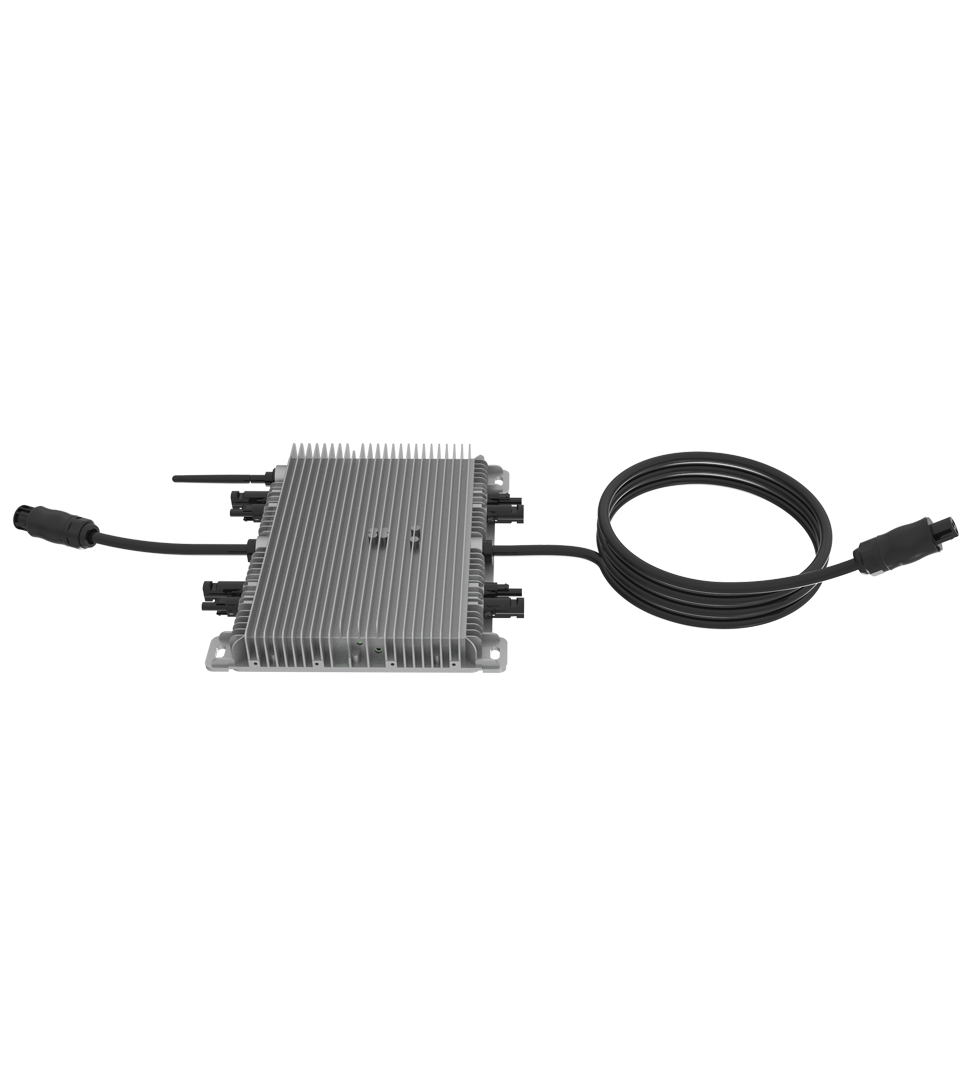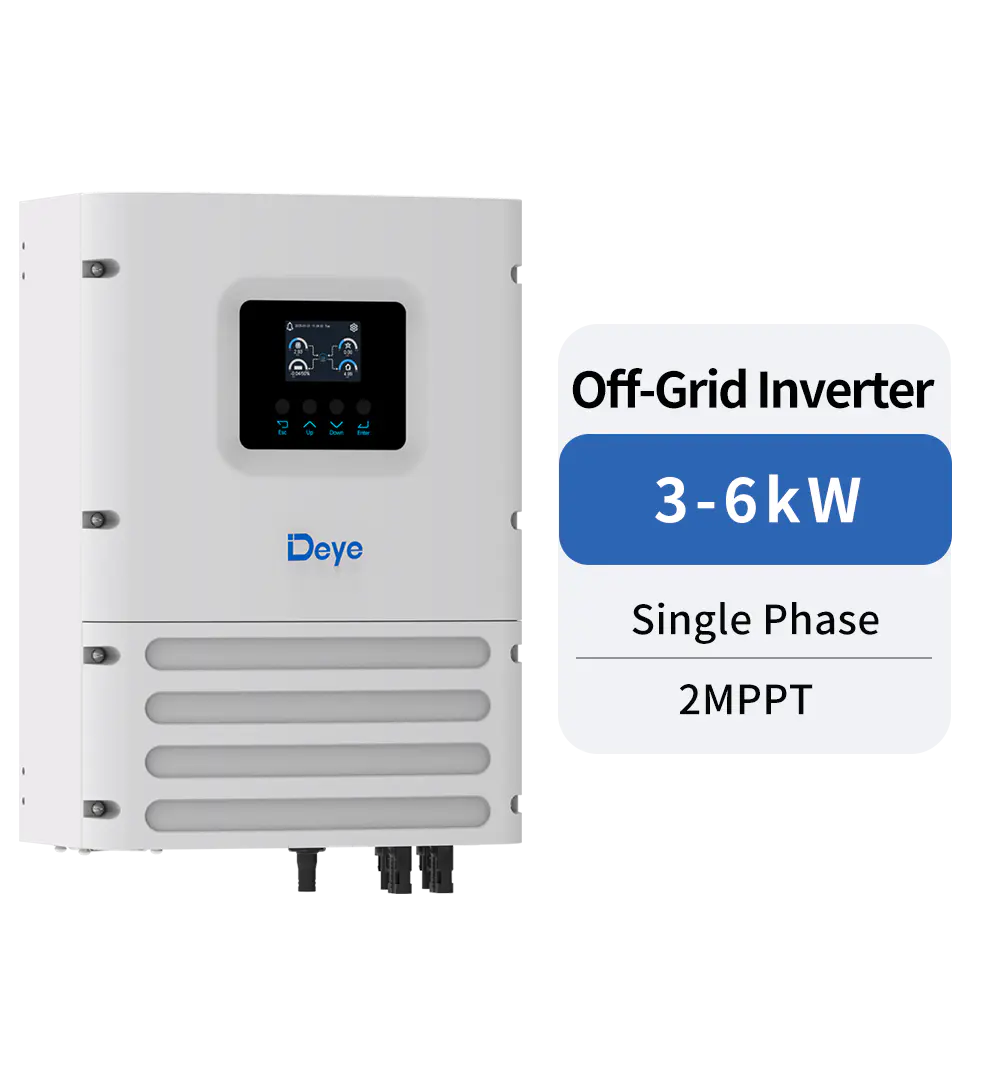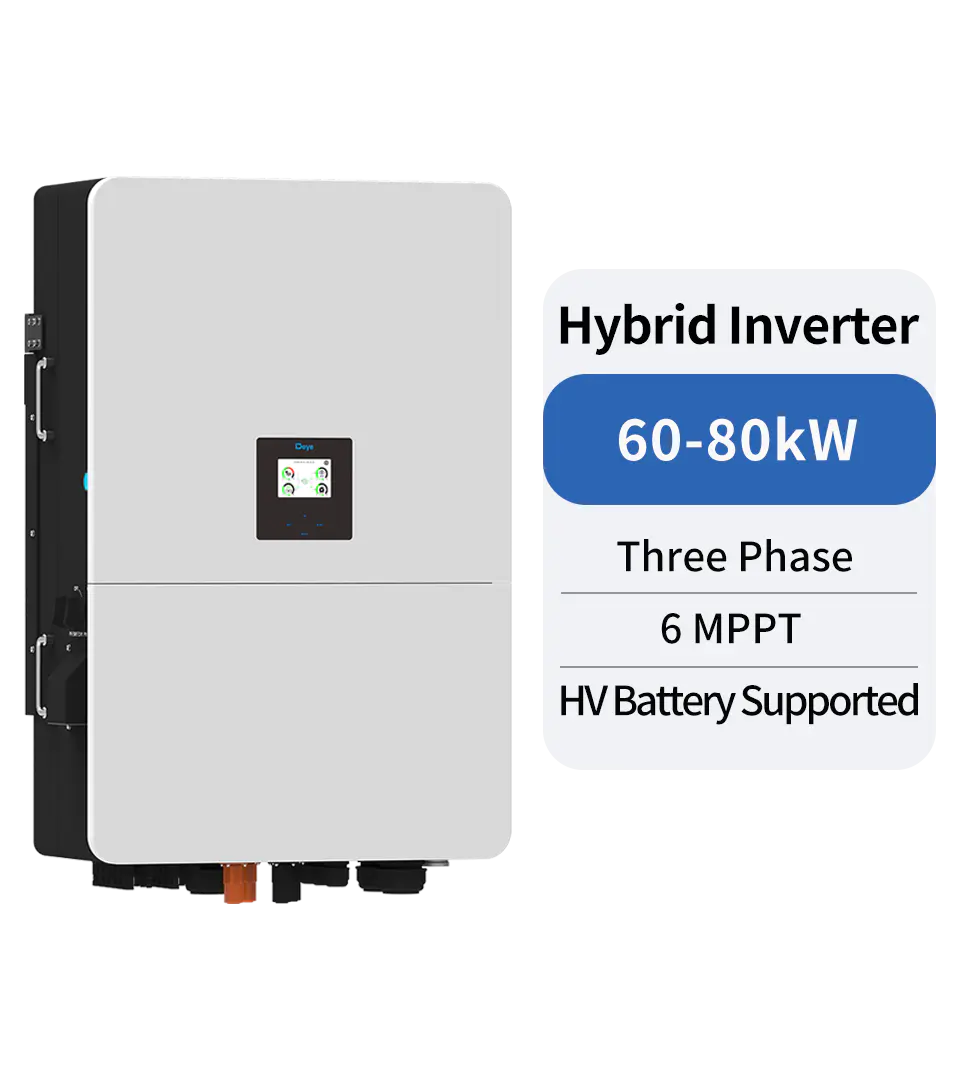Technical Topics
The benefits of 4 MPPT micro-inverters
In the world of solar power, micro-inverters have become increasingly popular in recent years. Unlike traditional string inverters, which convert the DC current produced by an entire array of solar panels into AC power for the home, micro-inverters are installed on each individual panel, providing more granular control and improved efficiency. The latest innovation in micro-inverter technology is the 4 MPPT micro-inverter, which is designed to further optimize solar power generation.
First, it's important to understand what MPPT means. MPPT stands for Maximum Power Point Tracking, and it's a technology that optimizes the output of a solar panel. When a panel is exposed to sunlight, it produces DC electricity, but the voltage and current produced can vary depending on the intensity and angle of the light. MPPT technology constantly monitors the panel's output and adjusts the voltage and current to ensure that the panel is producing the max. possible power at any given moment.
A 4 MPPT micro-inverter is a micro-inverter that is equipped with four independent MPPT channels. This means that it can monitor and optimize the output of up to four individual solar panels simultaneously. By doing so, it can improve the overall efficiency of the solar power system, particularly in situations where the panels are not all facing the same direction or are exposed to varying amounts of sunlight throughout the day.
One of the primary benefits of 4 MPPT micro-inverters is that they provide greater flexibility in system design. With a traditional string inverter, all of the panels in the array must be facing the same direction and have the same exposure to sunlight in order to function betterly. However, with a 4 MPPT micro-inverter, panels that are facing different directions or have different levels of exposure can be grouped together and optimized individually. This means that solar power systems can be designed to fit a wider range of installation scenarios, including rooftops with complex geometries or shading from nearby trees or buildings.
Another benefit of 4 MPPT micro-inverters is that they can improve the reliability of a solar power system. Because each panel is optimized independently, if one panel is shaded or otherwise malfunctioning, it will not affect the performance of the entire system. This is in contrast to traditional string inverters, where the output of the entire array can be reduced if even a single panel is underperforming.
Overall, 4 MPPT micro-inverters represent an exciting development in the world of solar power. By providing greater flexibility in system design and improving overall efficiency and reliability, they can help homeowners and businesses get the more out of their solar power systems.




PREV:The inverter also plays a vital role in the overall grid service provided
NEXT:What is a Microinverter
Share
Product recommendations
news recommendations
-

-
 Green Industry, Bright Future: Deye Distributor Summit – Dubai 2025 Concludes Successfully
Green Industry, Bright Future: Deye Distributor Summit – Dubai 2025 Concludes SuccessfullyIn November 2025, Deye Group successfully hosted the “Green Industry, Bright Future—Deye 2025 Dubai ...
-
 Deye’s Malaysia Johor Manufacturing Base Officially Breaks Ground — A Key Step Forward in Its Globalization Strategy
Deye’s Malaysia Johor Manufacturing Base Officially Breaks Ground — A Key Step Forward in Its Globalization StrategyOn October 2, 2024, Deye Group (hereinafter referred to as “the Company”) held a groundbreaking cer...

 China - 简体中文
China - 简体中文 Global - English
Global - English Brazil - Português
Brazil - Português Netherlands - Dutch
Netherlands - Dutch Italy - Italiano
Italy - Italiano Germany - Deutsch
Germany - Deutsch Spain - Español
Spain - Español France - Français
France - Français Vietnam - Tiếng Việt
Vietnam - Tiếng Việt Poland - Polski
Poland - Polski Australia - English
Australia - English


